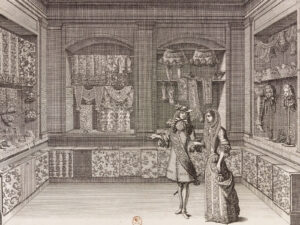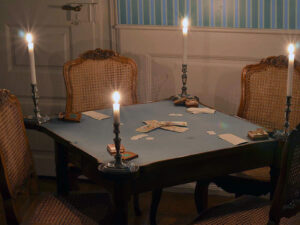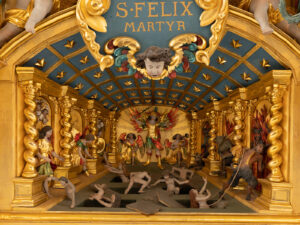
Baroque: love it or hate it?
Here is a simple test. The pilgrimage church of Hergiswald at the foot of Mount Pilatus contains a visually stunning depiction of biblical scenes from the baroque period, circa 1650. What response does this cultural-historical cosmos elicit from you?
Dramatic impact
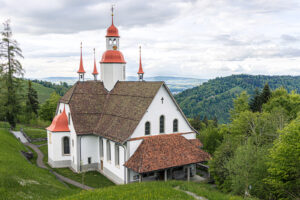
Stepping into a completely different world

Taken to the limits
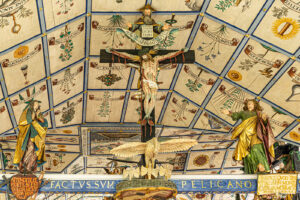
Pointing the finger
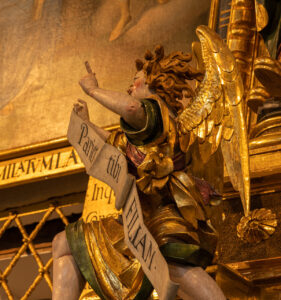
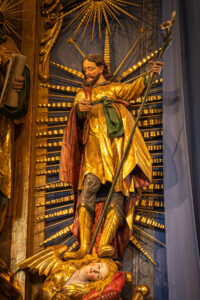
A glimpse of life four centuries ago
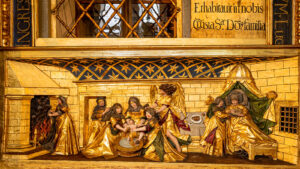
Illusions
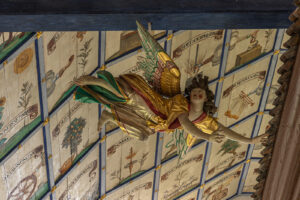
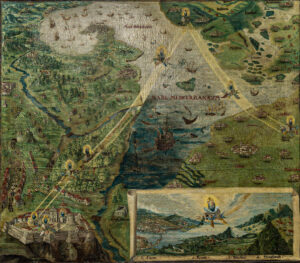
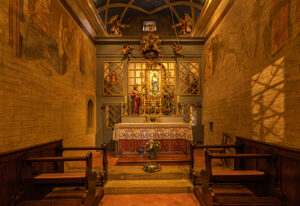
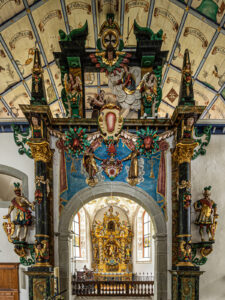
The ultimate in dramatic art
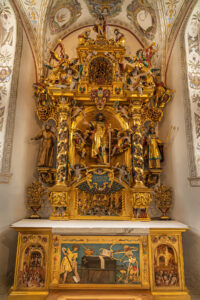
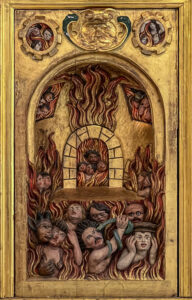
Baroque: love it or hate it?
All the photos in this blog were taken by Hermann Lichtsteiner, Lucerne: helifo.ch

